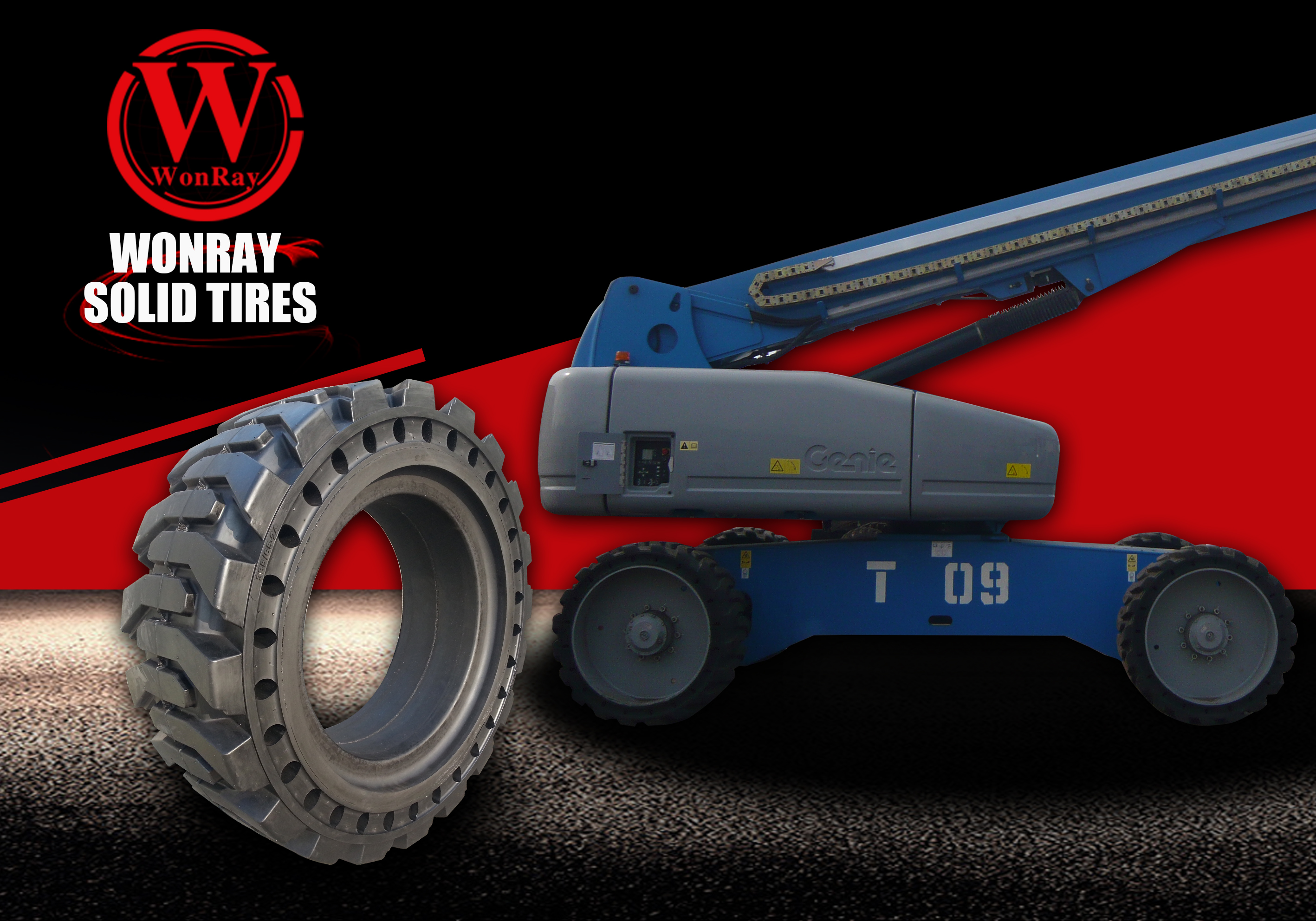In the construction and industrial equipment sector, JLG tires play a vital role in maintaining the safety, stability, and efficiency of aerial work platforms and telehandlers. For businesses that rely on JLG equipment, choosing the right tire is not only about performance—it is also a key factor in reducing downtime, extending equipment life, and ensuring workplace safety.
What is a JLG Tire?
A JLG tire is specifically designed for JLG aerial lifts, boom lifts, and telehandlers. These tires are engineered to handle heavy loads, provide excellent traction, and withstand demanding job site conditions. Depending on the model, they are available in solid, foam-filled, or pneumatic variations to suit different applications.
Key Benefits of Using JLG Tires
Businesses that operate JLG machinery can expect several advantages from using high-quality JLG tires:
-
Enhanced Safety – Stable grip reduces the risk of accidents at elevated heights.
-
Durability – Built to withstand tough construction and industrial environments.
-
Reduced Downtime – Reliable tires minimize maintenance interruptions.
-
Improved Productivity – Smooth mobility across different terrains.
-
Cost-Effectiveness – Longer lifespan reduces replacement frequency.
Common Applications in Industry
JLG tires are essential across multiple sectors:
-
Construction Sites – Reliable traction on uneven or rough terrain.
-
Warehousing & Logistics – Non-marking tires for indoor use on smooth surfaces.
-
Oil & Gas Industry – Heavy-duty tires for rugged outdoor environments.
-
Facility Maintenance – Tires designed for maneuverability in confined spaces.
Factors to Consider When Selecting JLG Tires
Before purchasing replacement tires for JLG equipment, businesses should evaluate:
-
Tire Type – Solid, foam-filled, or pneumatic, depending on job requirements.
-
Load Capacity – Ensure compatibility with the machine’s weight specifications.
-
Tread Design – Choose based on surface type (indoor vs outdoor).
-
Maintenance Needs – Foam-filled and solid tires reduce puncture risks.
-
OEM vs Aftermarket – Original JLG tires ensure maximum compatibility and safety.
Conclusion
For companies that depend on aerial lifts and telehandlers, investing in the right JLG tire is a strategic decision that impacts safety, performance, and overall operational costs. By selecting the proper tire type and maintaining it regularly, businesses can ensure their JLG equipment operates at peak efficiency while minimizing risks and downtime.
FAQ
1. How often should JLG tires be replaced?
Tire replacement depends on usage and job site conditions, but regular inspections for wear, cracks, or damage are essential.
2. Can I use aftermarket tires on JLG equipment?
Yes, but OEM JLG tires are recommended for maximum safety, performance, and compliance with manufacturer specifications.
3. What is the difference between foam-filled and solid JLG tires?
Foam-filled tires resist punctures while maintaining some flexibility, whereas solid tires are completely puncture-proof but heavier.
4. Are non-marking JLG tires available for indoor applications?
Yes, non-marking tires are commonly used in warehouses, factories, and other indoor facilities to protect flooring
Post time: 19-09-2025

